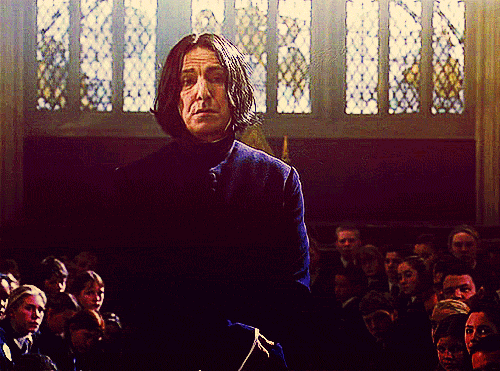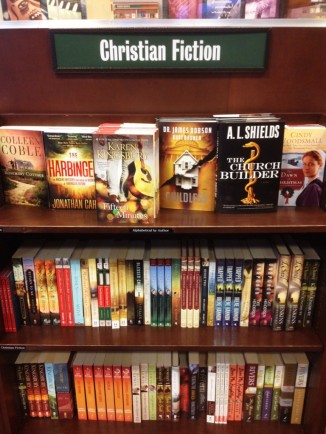Collection development becomes a complex process once we peel back the layers of how we make our purchasing decisions and what we choose to purchase. My goal is to create a balanced and unbiased collection that serves the needs and interests of my community within the parameters of our ordering methods and the limitations of our budget. That’s my basic position, regardless of the age for which I order materials, but in practice it is more complicated. For example, if we’re going to serve teens, we need to know who they are and what they want. However, as Agosto (2013) points out, we focus so much on award winning books, “best of” lists, and other professional (i.e. ADULT) resources, that we lose sight of the teens themselves and go against a core principle of our field, what Agosto aptly describes as “human-centered” (p.48).
Moreover, collection development is littered with our own blind spots. I was struck by Rawson’s (2014, in Booth & Jensen) examination of award winning and bestselling YA titles, in particular the discovery that few notable YA novels present religious protagonists, despite a study cited that found “65.3% of children and teens ages 6 to 17 participate in religious activities once a month or more” (p.103). I’ll be honest: I feel uncomfortable ordering books with a religious bent, particularly Christianity. I’m more apt to order books that feature religions less common in my neighborhood, such as Islam. As I’m browsing through Publisher’s Weekly (my assigned journal), I often leave notes in the margins for my boss when I encounter religious books, the written equivalent of a shoulder shrug and tilted head: Unsure; ehhhh; ????

In the quest to be as open and diverse as possible, am I ignoring a significant portion of my community? I may not read much science fiction and fantasy, but I still have an obligation to order it; I may not be religious but others in my community are, so shouldn’t I respect that? Does religion have a place in public library collections, in particular our fiction collections?

Of the resources we were asked to review, I would recommend Teen Librarian Toolbox as a useful aid in collection development. TLT talks the talk and walks the walk, not only advocating for teen services but also forming their own Teen Advisory Board where teens are able to contribute content. Though the site is dense, with a wide-range of information, it is fairly easy to navigate and remains current. We still get many behind-the-scenes experiences from fellow librarians, but the focus remains on the teens themselves. I would also add that they include some articles on teens and spirituality, like this one and that one, though I will still be signing off today without answers to any of those big questions I posed in the previous paragraph.
References
Agosto, D. (2013). “Envisaging Young-Adult Librarianship from a Teen-Centered Perspective.” In Transforming Young Adult Services, edited by Anthony Bernier, pp. 33-52. Chicago: Neal-Schuman.
Booth, H. & Jensen, K. (eds.) (2014). The Whole Library Handbook: Teen Services. Chicago: ALA pp. 91-104.
Teen Librarian Toolbox (2017). Retrieved from http://www.teenlibrariantoolbox.com/
